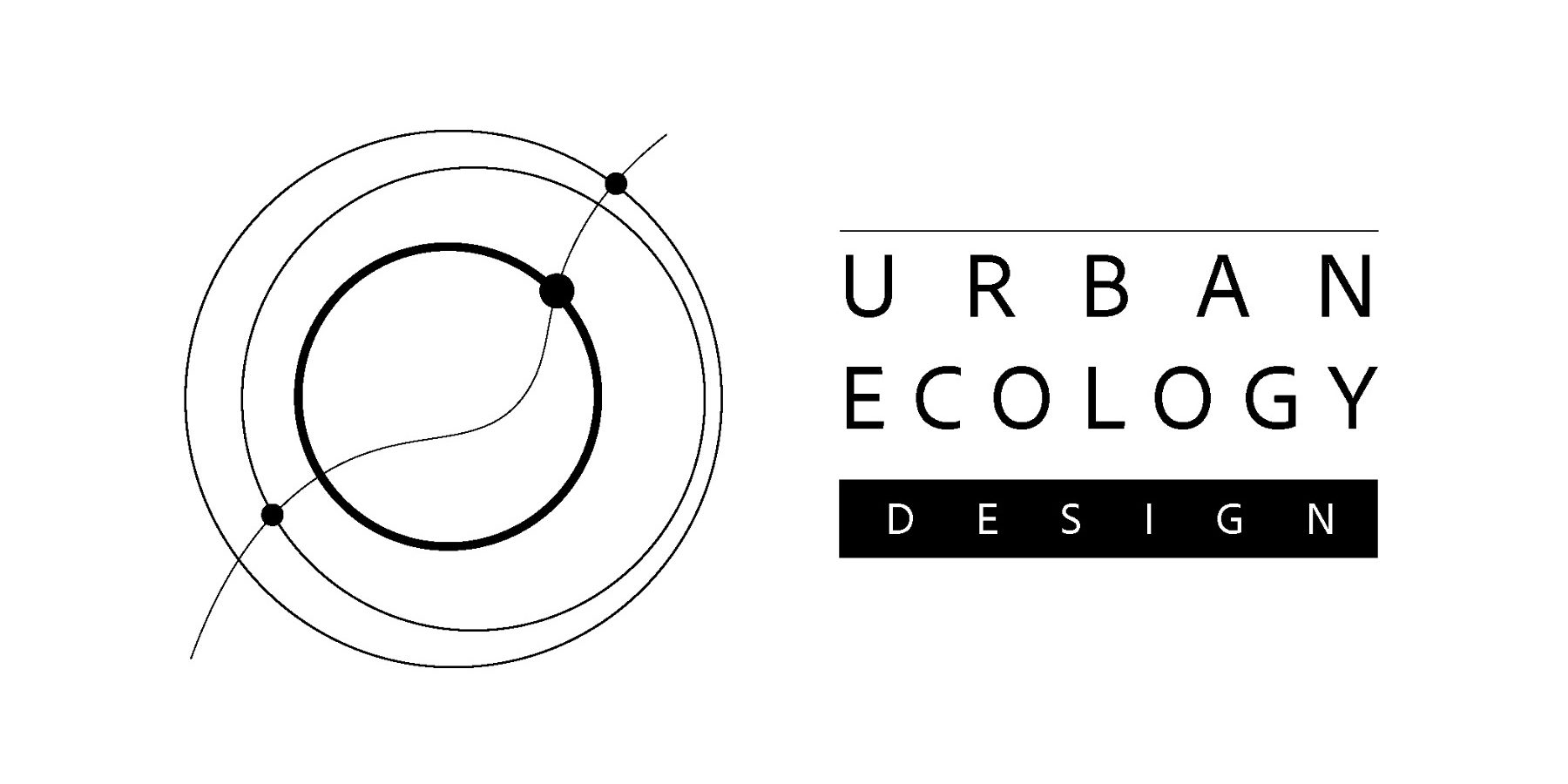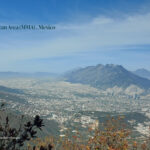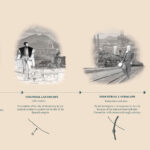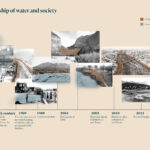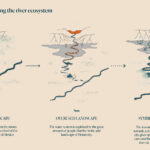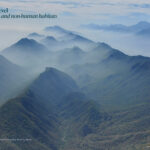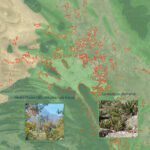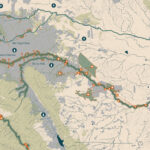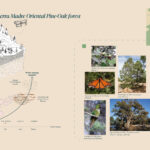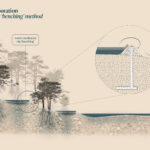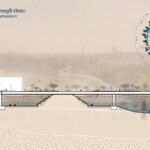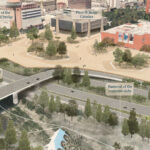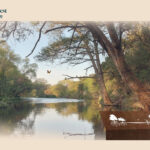La voz del río
Landscape interventions to restore the river ecosystem in Monterrey, Mexico
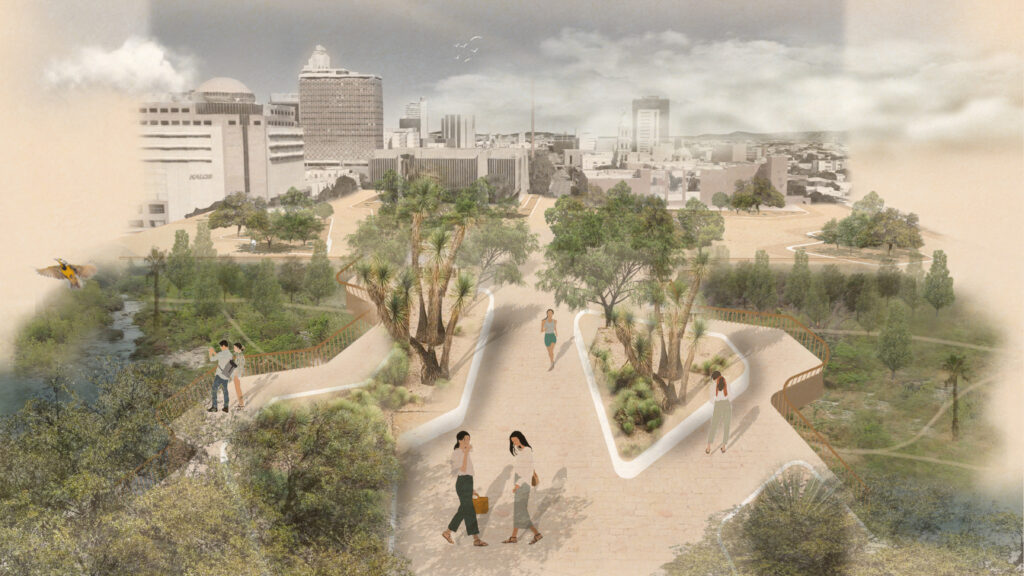
This thesis investigates the degradation of the river ecosystem in Monterrey, located in northeastern Mexico, with a focus on the Río Santa Catarina. Historically a free-flowing river from the Sierra Madre Oriental to the Gulf of Mexico, the Río Santa Catarina is now often dry except during heavy rains or hurricanes, when it poses flood risks to the city. Human interventions, including concrete reinforcement of riverbanks and the construction of roads, have disconnected the river from Monterrey’s urban fabric and exacerbated water scarcity during dry seasons. These short-term flood control measures have degraded the river ecosystem, reflecting broader issues of biodiversity loss, climate change, desertification, and water scarcity.
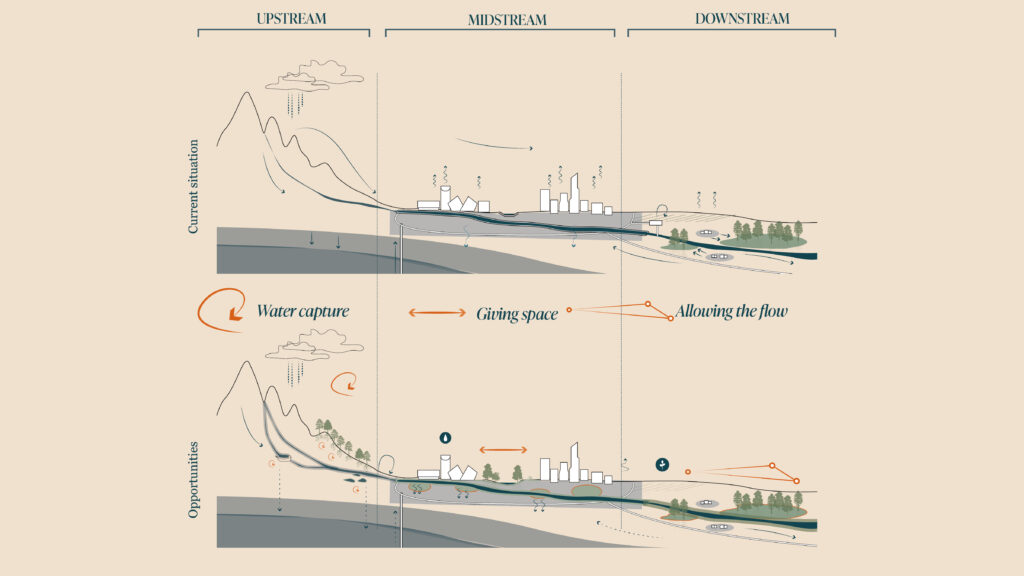
Auteur
Eline Onih Holtes
Locatie
Monterrey, Mexico
Mentor
Dr.ir. Nico Tillie
J.W. Byng
Projectlinks
https://repository.tudelft.nl/record/uuid:2d088aed-ae8b-460a-9295-16be846ce40f
Monterrey, situated in a semi-arid landscape and facing severe climate challenges, exemplifies the complex relationship between human societies and their natural environments. Historical changes have shifted the city’s relationship with its landscape from symbiotic to exploitative, driven by industrialization and rapid urbanization. This shift has led to a narrative that views the natural landscape as a problem to be managed rather than a resource to be nurtured.
This thesis highlights the significant opportunity for Monterrey to transform its approach to river management. By reimagining the Río Santa Catarina as a natural river park, the city can enhance flood control, restore ecological integrity, and foster community engagement. The proposed solutions are based on the Urban Ecology Design Approach (Tillie, 2024), which considers the urban ecosystem level, urban habitat level and the species level of Monterrey. The solutions are integrated in the watershed of the Santa Catarina River based on the Watershed Approach (Hooijmeijer et al., 2021) and promotes strategies for upstream water retention, midstream space allocation, and controlled downstream flow. Three site-specific designs illustrate these strategies, aiming to restore the river’s ecological balance and reconnect the community with the river.
While the issues faced by Monterrey’s river ecosystem are context-specific, they reflect global challenges of balancing flood control with ecological resilience. The methods and strategies developed in this thesis are broadly applicable to other regions facing similar environmental pressures.
